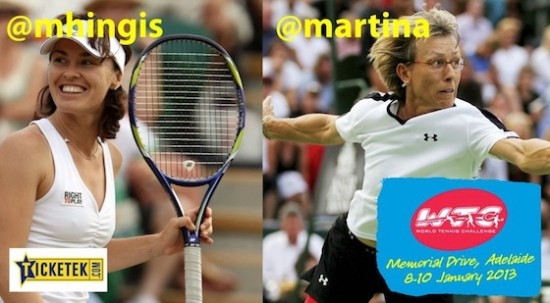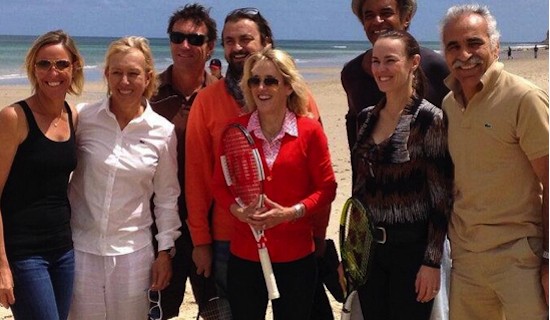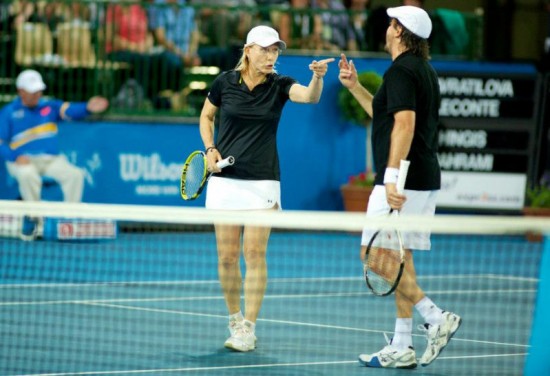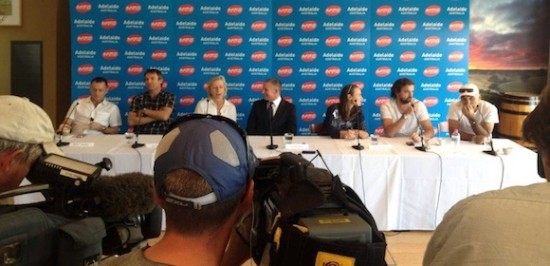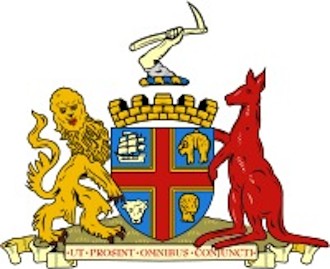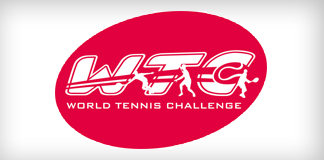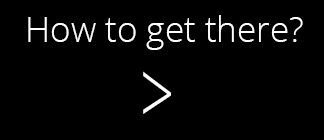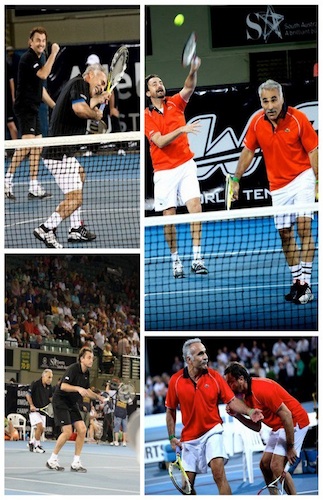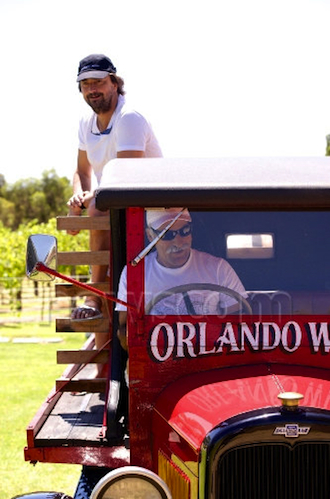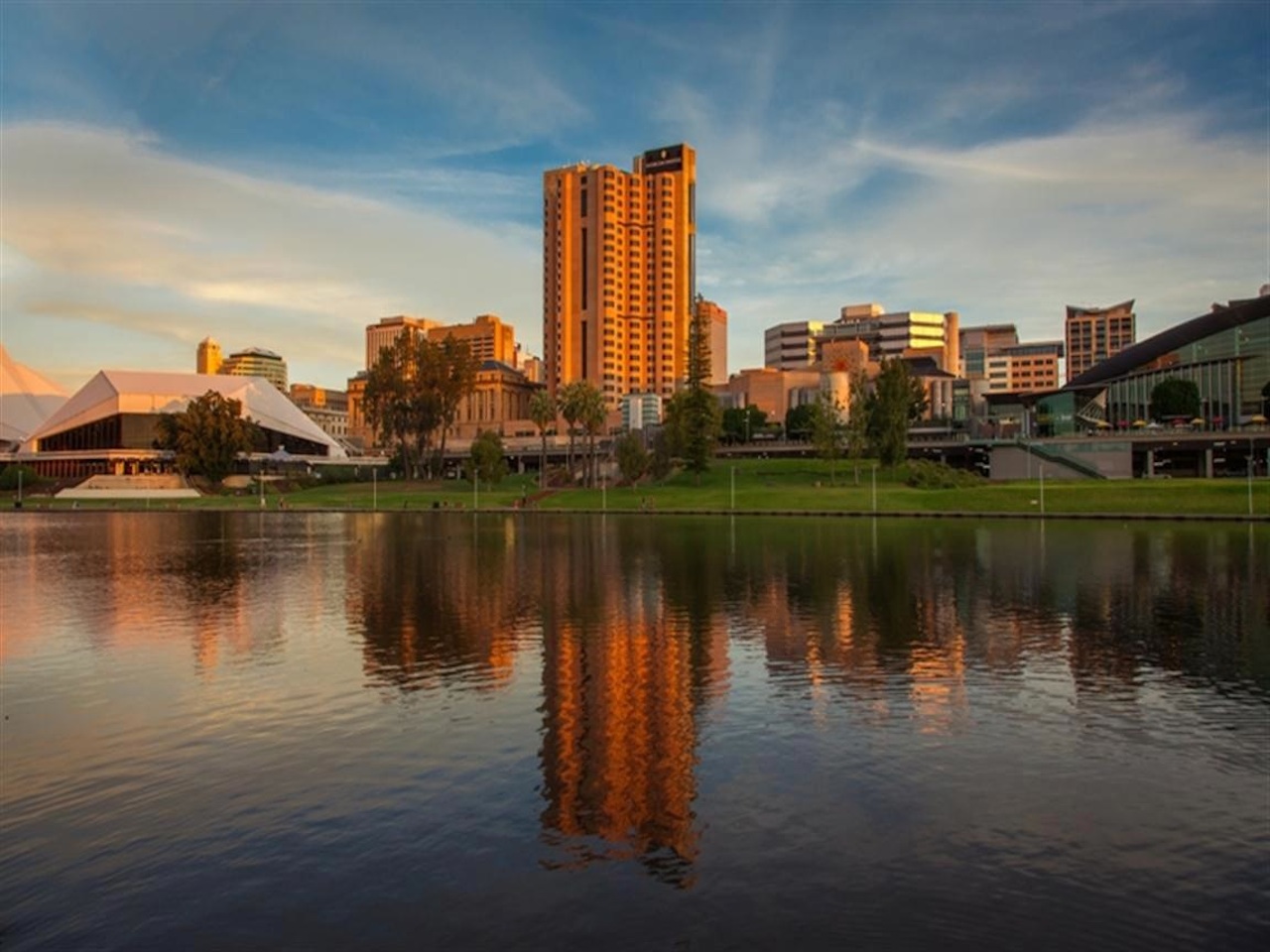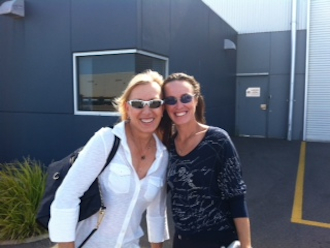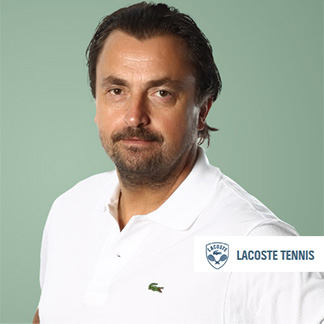
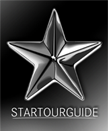

Adelaide, Australia
Adelaide is the capital city of South Australia. In Adelaide, you can enjoy stylish architecture, boutique shopping, sandy swimming beaches, fabulous arts events, nightlife, fine dining, and some of Australia's best café strips. Its population is slightly over 1 million, which makes it Australia's fifth largest city, and by far the largest city in the otherwise sparsely populated state. Adelaide is centrally located among the wine regions of McLaren Vale, Barossa Valley and Clare Valley, all of which are within day-trip distance.
Adelaide is noted for its many festivals and sporting events, its food, wine and culture, its long beachfronts, and its large defence and manufacturing sectors. It ranks highly in terms of liveability, being listed in the Top 10 of The Economist's World's Most Liveable Cities index in 2010 and being ranked the most liveable city in Australia by the Property Council of Australia in 2011 and again in 2012.
The city centre is compact and can be easily covered on foot. Most attractions are centred around the blocks between North Terrace and Victoria Square on either side of King William Street.
The renowned Adelaide Festival of Arts and Fringe Festival were established in 1960 under Thomas Playford. Construction of the Adelaide Festival Centre began under Steele Hall in 1970, and was completed under the subsequent government of Don Dunstan, who also established the South Australian Film Corporation and, in 1976, the State Opera of South Australia. Over time, the Adelaide Festival has expanded to include the Adelaide Cabaret Festival, Adelaide Film Festival, Adelaide Festival of Ideas, Adelaide Writers' Week, and WOMADelaide, all held predominately in the autumnal month of March (that month is sometimes jocularly called 'mad March' by locals due to the hectic clustering of these events). Other festivals include FEAST (a queer culture celebration), Tasting Australia (a biennial food and wine affair), and the Royal Adelaide Show (an annual agricultural and state fair). There are also many international cultural fairs, most notably the German Schützenfest and Greek Glendi. Adelaide is also home to the Adelaide Christmas Pageant, the world's largest Christmas Parade. As the state capital, Adelaide is also home to a great number of cultural institutions with many along the boulevard of North Terrace. The Art Gallery of South Australia, with around 35,000 works, holds Australia's second largest state-based collection. Situated adjacent are the South Australian Museum and State Library of South Australia, while the Adelaide Botanic Garden, National Wine Centre and Tandanya National Aboriginal Cultural Institute are nearby in the East End of the city. In the back of the State Library lies the Migration Museum is Australia's oldest museum of its kind. Contemporary art scenes include the Contemporary Art Centre of South Australia. Adelaide Festival Centre, on the banks of the Torrens, is the focal point for much of the cultural activity in the city and home to the State Theatre Company of South Australia, with other venues including the Adelaide Entertainment Centre and the city's many smaller theatres, pubs and cabaret bars.
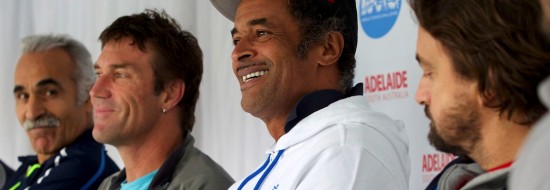
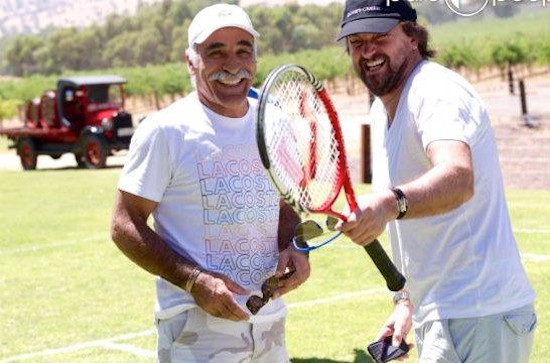
Shopping
Rundle Mall ia a pedestrian-only shopping strip, with many arcades and side streets coming off it. Runs parallel to North Terrace and has over 800 shops. Tea Tree Plaza is a medium-sized shopping centre with over 250 shops. Tea Tree Plaza is the terminus of the Adelaide O'Bahn dedicated busway which begins in the city centre at Hackney Road.
Westfield Marion Shopping Centre is Adelaide’s largest shopping centre with over 400 shops. Harbour Town is a mid sized mall, featuring outlet shopping, situated up against the western edge of the Adelaide Airport.
Jetty Road is the main shopping strip in the suburb, and runs down the middle.
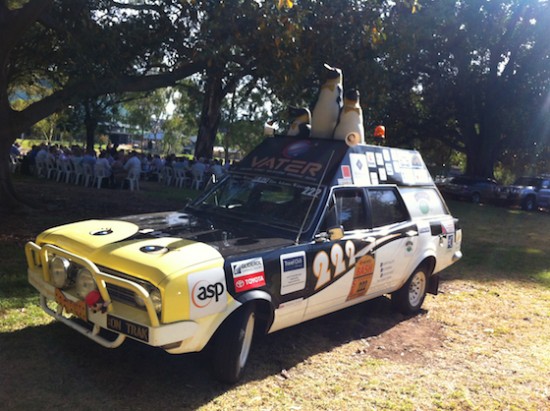
Food
There are pubs and bars dotted all around the CBD, but a few districts are worth singling out. Rundle Street and its neighbouring area known simply as "The East End" have a number of popular pubs. Hindley St used to be notorious as the seedy home of Adelaide's strip clubs and bikie bars, but it, and "The West End" have undergone a renaissance. The eastern end of Hindley Street is more mainstream, whereas the western end, west of Morphett Street has a few trendier and more alternative venues. The seedy places are still there, but so too is a university campus and a number of trendy bars and clubs. Also important are Gouger Street and its many restaurants but with an increasing number of bars and pubs. O'Connell Street is home to a few of North Adelaide's popular pubs.
There are also many bars in the suburbs of Adelaide which usually are busier on Thursday and Friday evenings. Quite a lot of the locals will go to the hotels in the suburbs on Thursday and Friday evenings, and go into the Adelaide CBD on Saturday evenings.
Gouger Street offers a wide range of tastes to suit many budgets in a variety of Asian, Italian and seafood restaurants as well as upmarket French, Argentinian and many other choices. From Friday to Sunday make sure to reserve a table to avoid disappointment. Gouger Street also incorporates Adelaide's "Chinatown Arch" which fronts a large number of budget eating options. As well as The Central Market, which on Tuesdays, Wednesdays, Thursdays, Fridays and Saturday mornings are buzzing with produce traders, sights and smells. Hutt Street offers a small variety of upmarket restaurants that please most tastes, and also has a wide variety of gourmet shops and supermarkets. In Rundle Street you’ll find a large number of al fresco cafes and restaurants of varying budget and taste. It is the cultural hub of Adelaide and the equivalent of Melbourne's Chapel Street. An eclectic mix of small restaurants and cafes make Melbourne Street an interesting place to eat. The variety of take-aways, pubs, cafes, bakeries and restaurants that line most of O'Connell Street means you won't be wanting.
The Frog cake is a dessert in the shape of a frog's head, composed of spong cake and cream covered with fondant. It was created by the Balfours bakery in 1922, and soon became a popular treat in South Australia. Originally frog cakes were available exclusively in green, but later brown and pink were added to the range. Since then other variations have been developed, including seasonal varieties (such as snowmen and Easter "chicks"). The frog cake has been called "uniquely South Australian", and has been employed in promoting the state. In recognition of its cultural significance, in 2001 the frog cake was listed as a South Australian Heritage Icon by the National Trust of South Australia.
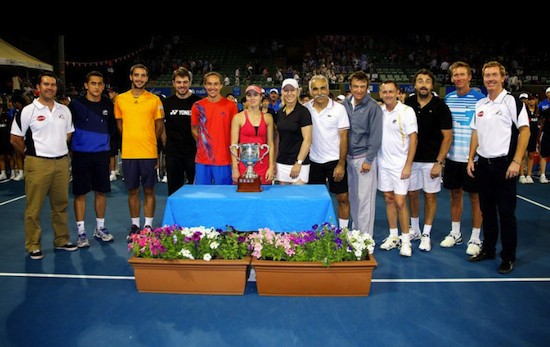
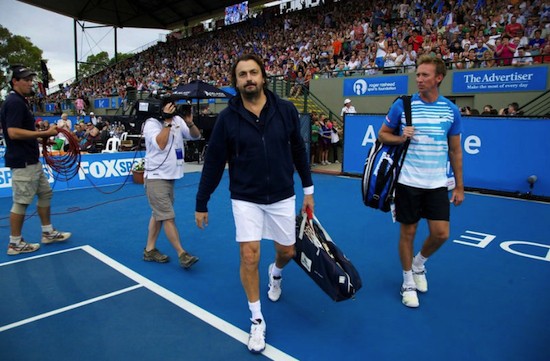
Henri has got a new coach January 2014
WTC Adelaide 2014 Players and Teams
|
Team Cash |
|
|
Legend Player |
Pat Cash |
|
Legend Player |
Nicole Bradtke |
|
Current ATP star |
Thanasi Kokkinakis |
|
|
|
|
Team Wilander |
|
|
Legend Player |
Mats Wilander |
|
Legend Player |
Martina Navratilova |
|
Current ATP star |
Ivan Dodig |
|
|
|
|
Team Noah |
|
|
Legend Player |
Yannick Noah |
|
Legend Player |
Feliciano Lopez |
|
Current ATP star |
Martina Hingis |
|
|
|
|
Team Leconte |
|
|
Legend Player |
Henri Leconte |
|
Legend Player |
Tracy Austin |
|
Current ATP star |
Jeremy Chardy |
|
|
|
|
Wildcard: Mansour Bahrami |
|
Withdrawn 01.01.13 – Jürgen Melzer
